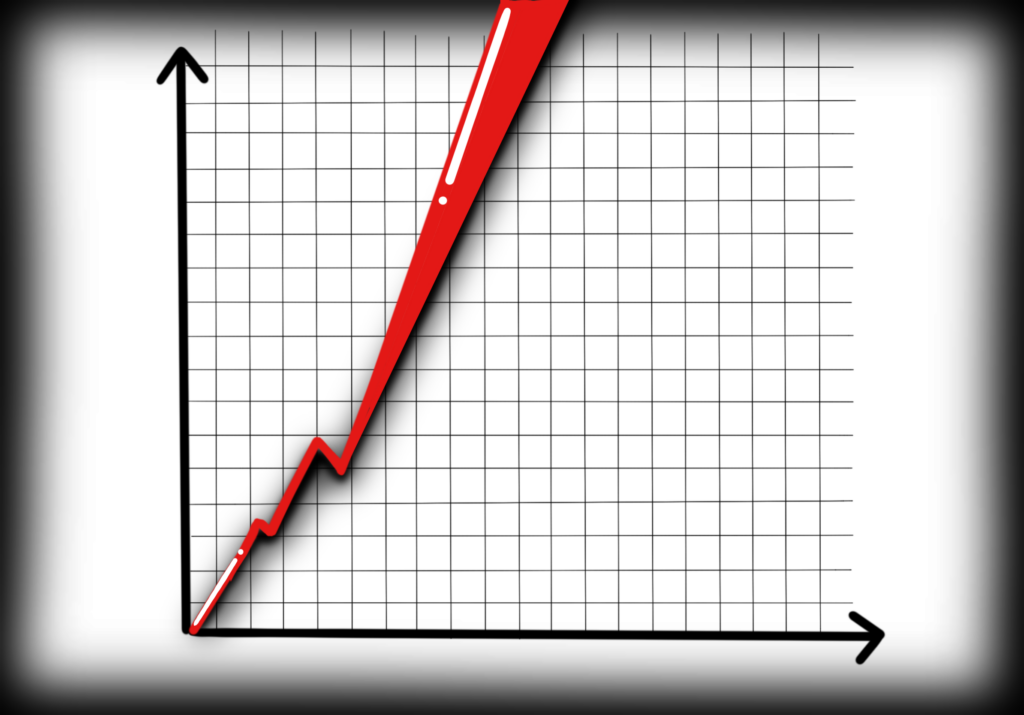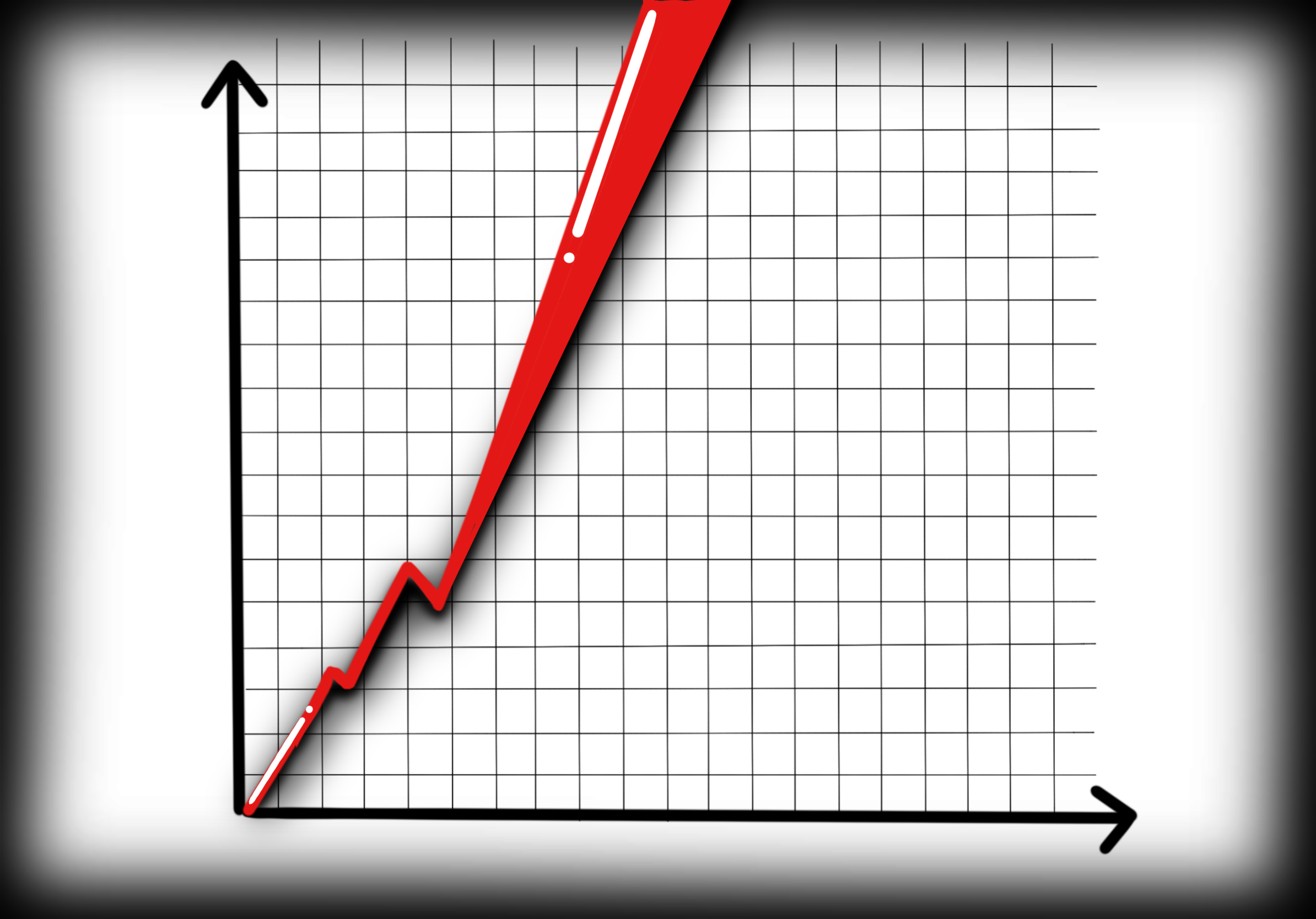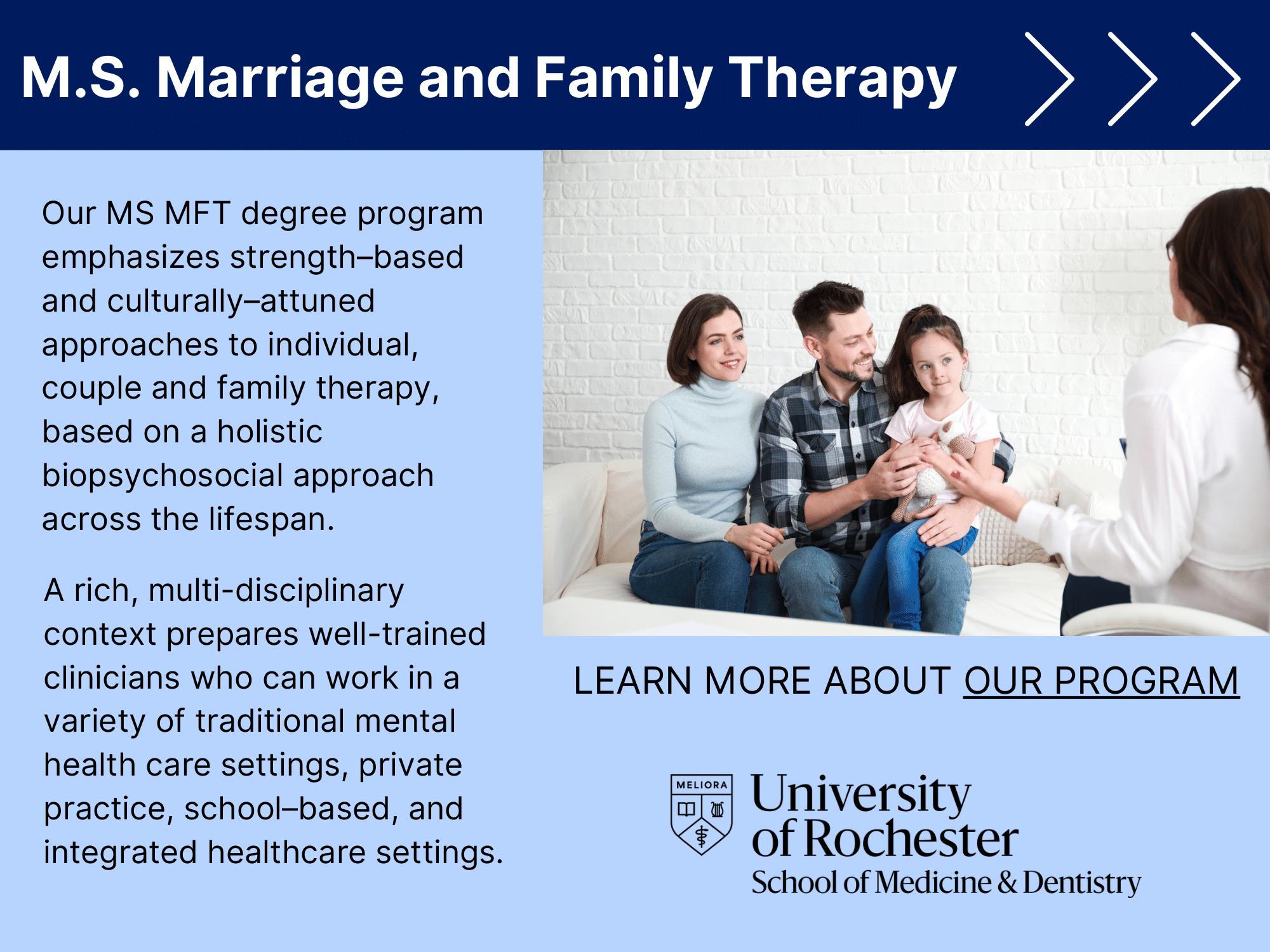When scrolling through media platforms like Instagram or Pinterest, you’re likely to land in a collage of lush salads, exorbitantly-priced smoothies, and attractive individuals sporting the latest and greatest workout attire. Weekly Pilates classes and juice cleanses have become the norm: “Integrate these recipes into your daily diet, or purchase this sports bra, and you, too, can lead a healthy lifestyle.” This classically white, upper-middle-class depiction seems to be what our society deems to be the ultimate beacon of health and wellness.
Most who perpetuate such idealistic living will preach their lifestyle as one they’ve adhered to with sheer determination. While striving to care for their physical and psychological health may be admirable, media consumers would be remiss if we failed to recognize the socioeconomic privilege that has allowed influencers to practice their healthy habits.
When behind-the-scenes managers and on-the-scenes content creators choose to market a healthy lifestyle as one everyone can and should strive to attain, they neglect to acknowledge the reality many Americans face. As of 2024, 30% of American households reported living paycheck-to-paycheck. When funds are limited, the focus shifts towards daily survival. In these instances, preferences are ignored: The primary concern is acquiring satiable meals — not ones most free of preservatives and trans fats.
When we glance into poverty-stricken communities, those struggling with obesity, diabetes, asthma, and mental health conditions, we ought to understand that these issues are cyclical and systemic in nature. They are not personal choices, and they certainly are not an individual’s fault.
“Food deserts” are urban neighborhoods that lack feasible options for nutritious foods; with nearly 20% of its population living below the poverty line, Rochester is a perfect example. Taking a ride along the University’s Orange or Blue shuttle lines reveals streets flanked by corner bodegas and fast food restaurant chains — not exactly Whole Foods or Trader Joe’s. These options provide low-income families with an affordable, quick, and filling meal, often within walking distance of one’s home. It makes sense, then, that residents would return to those establishments — despite them being known for highly processed meals — time after time.
At UR, many of us strive to pursue futures in public service, whether through medicine, technology, or policy. As a future part of America’s public health efforts, the responsibility to meaningfully help break these cycles falls on us. We can only forge change if we accept and appreciate the bigger picture — one in which not every person is dealt the same deck of cards. Instead of shaming others for not epitomizing stereotypical health and wellness, we must meet every individual where they are at. Doing so will allow us, the future public servants of America, to provide care to patients or advocate for new policies that help a variety of individuals, not just those from socioeconomically privileged backgrounds.
As we march confidently to graduation and beyond, we must recall: Contrary to what mainstream media may convey, being “healthy” isn’t just a commitment to bettering one’s well-being — it’s a luxury that comes with a price tag not many can afford.


